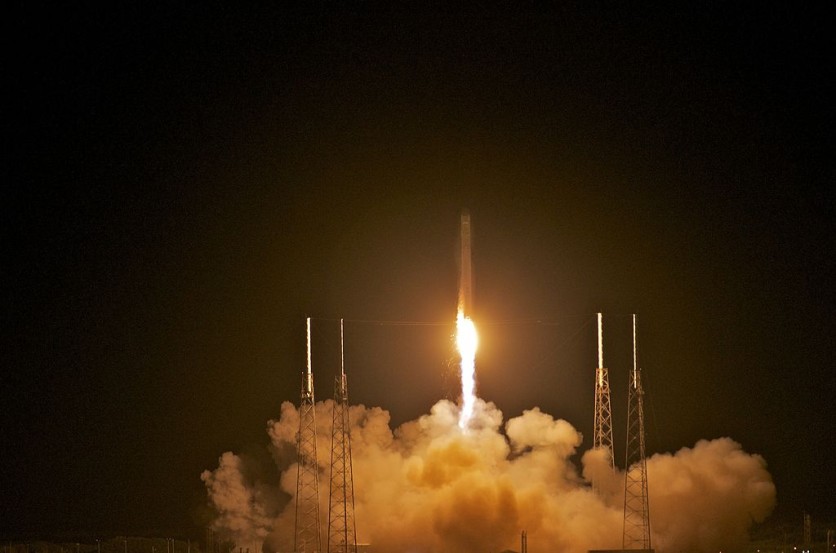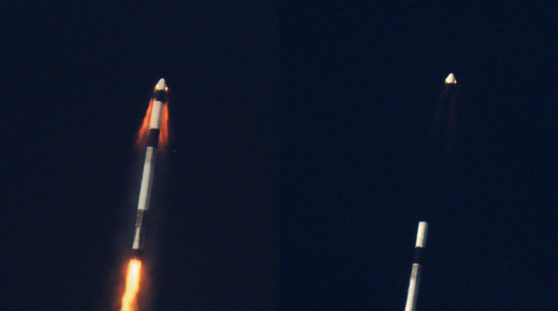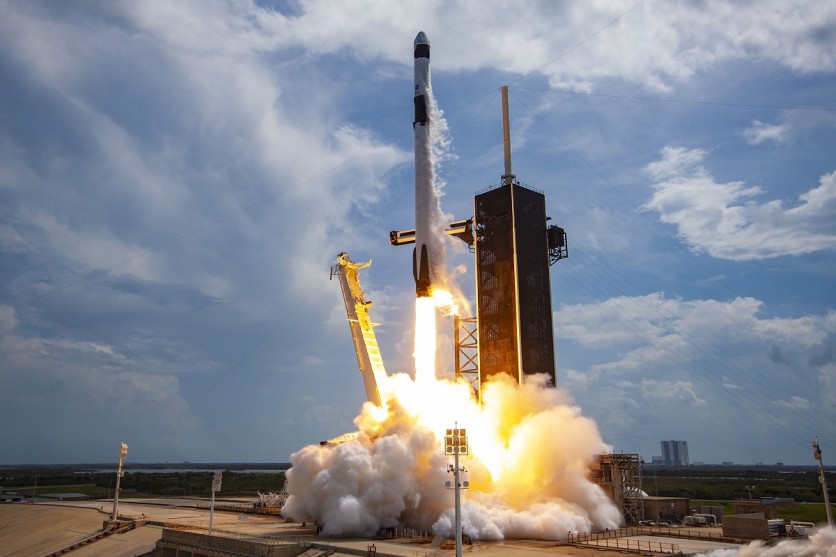SpaceX is taking things up a notch as Elon Musk corrected a Twitter fan that posted a video of Super Heavy rocket booster landing on its own, which he said would not need legs and rely on launch tower arms. The new landing maneuver is an odd method of landing a rocket booster or any flying object that is known to current human technology.

The popular aerospace manufacturer and space tech company, SpaceX, is looking at a new landing maneuver, the kind that is never seen before (or attempted) by space companies, and hopes to use it in future boosters. The technology would focus on "catching" the rocket booster as it descends from space, and would not require legs to stand on the platform.
SpaceX Super Heavy Landing: Out of This World Method
It seems impossible or out-of-this-world but SpaceX and Elon Musk's innovations have exceeded expectations and the bounds of current technology with their creations. In a Twitter video, a user demonstrated renders of the expected landing of a Super Heavy rocket booster that lands with legs.
We’re going to try to catch the Super Heavy Booster with the launch tower arm, using the grid fins to take the load
— Elon Musk (@elonmusk) December 30, 2020
However, Elon Musk (@elonmusk) corrected the video by saying that it would try to "catch" the rocket instead of making it land on its own. Moreover, it would utilize its grid fins that are already set for the rocket booster, to take the load of the descending spacecraft.
Read Also : British Expert Will Send a Robotic Space Spider to the Moon in Summer 2021; First Rover with Built-In Wi-Fi
SpaceX Super Heavy Landing: Catching with Launcher Arm and Ready for Next Flight

The method would be requiring the company to be at its most accurate maneuver to ensure that the rocket booster would be caught in the launcher's arm and would be hitting the ground. Catching the rocket booster would immediately make it ready for its next flight, and not wait for its transport back to the mainland as demonstrated with SpaceX's drone ships.
The very logic to catching it with the launcher arm makes an efficient system for launch, refuel, and relaunch method for a continuous flight towards different destinations which SpaceX expects to happen more in the future.
Super Heavy Rocket Booster: Flight Test for Final Iteration of the Rocket

According to End Gadget, SpaceX has yet to begin its Super Heavy Rocket test flights, to soon see if the launcher arm catching method would work on bulky space crafts and boosters of the company. The method resembles sci-fi movies' rockets that "returns" to its vertical position as it comes back to base.
Also, this kind of landing would remove the massive rocket legs that add to the weight and bulk of a spacecraft. Removing the legs would ensure a lighter body, improving the Super Heavy Rocket Booster's flight in future missions.
Related Article: SpaceX Pentagon Contract: US SDA to Use Falcon 9 Rockets to Launch Satellites for $150 Million!
This article is owned by Tech Times
Written by Isaiah Alonzo
ⓒ 2025 TECHTIMES.com All rights reserved. Do not reproduce without permission.




